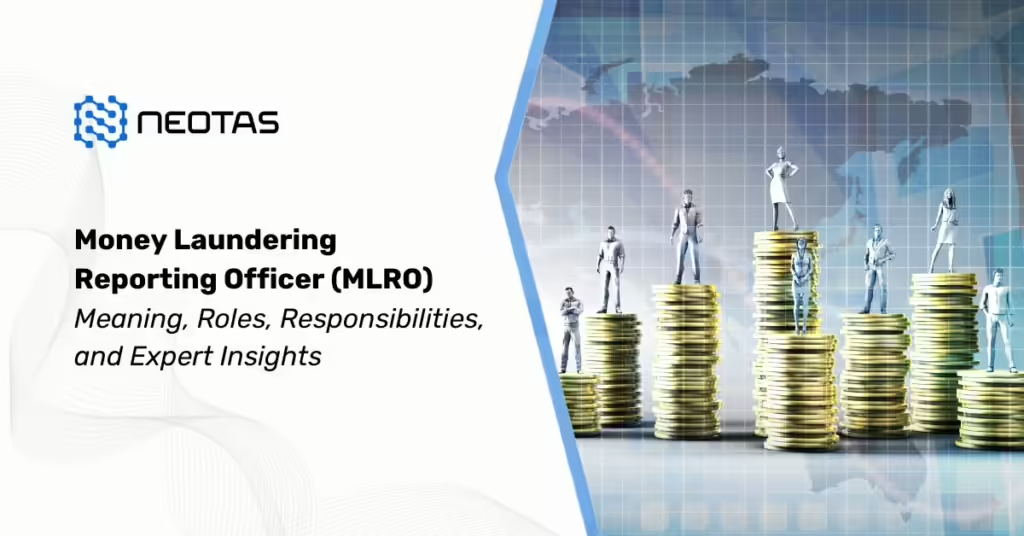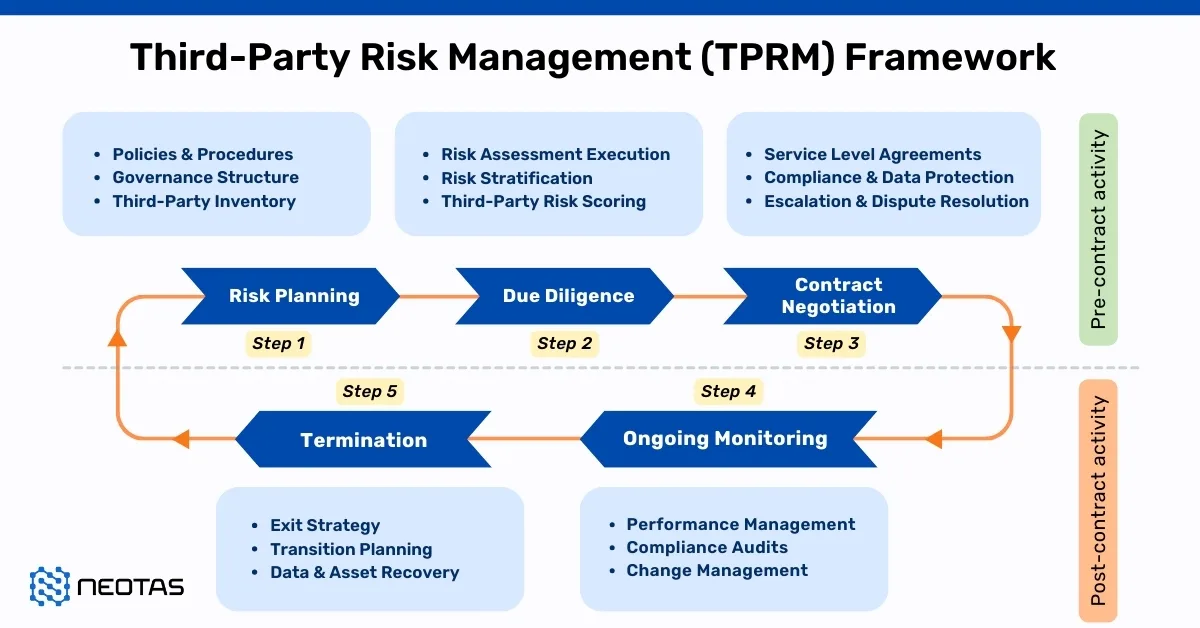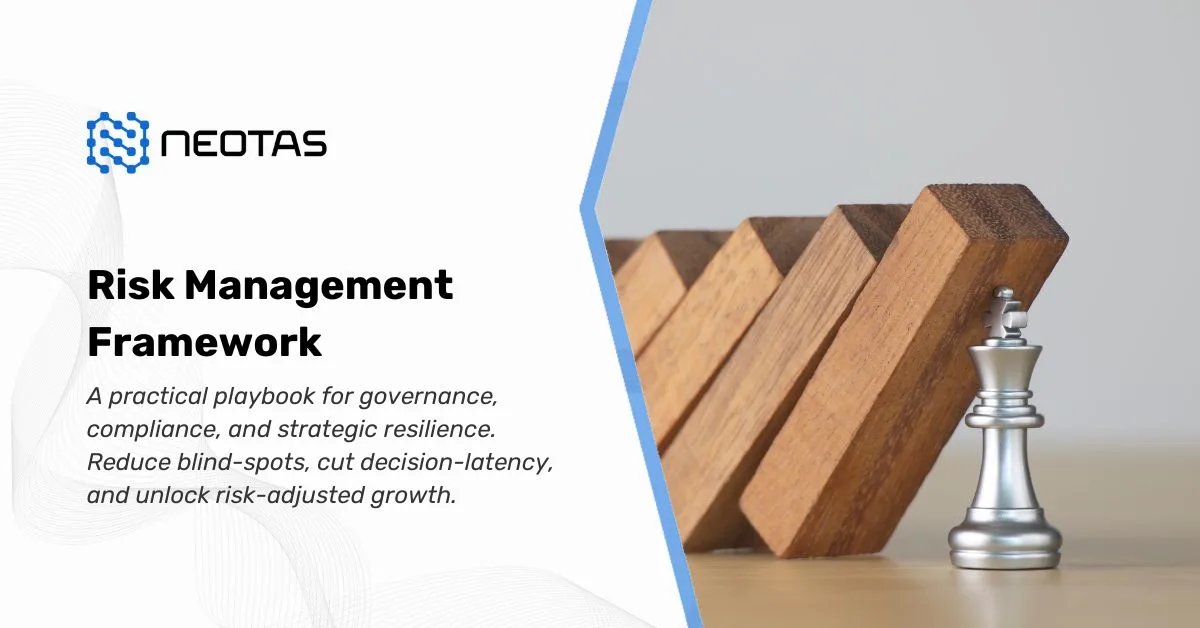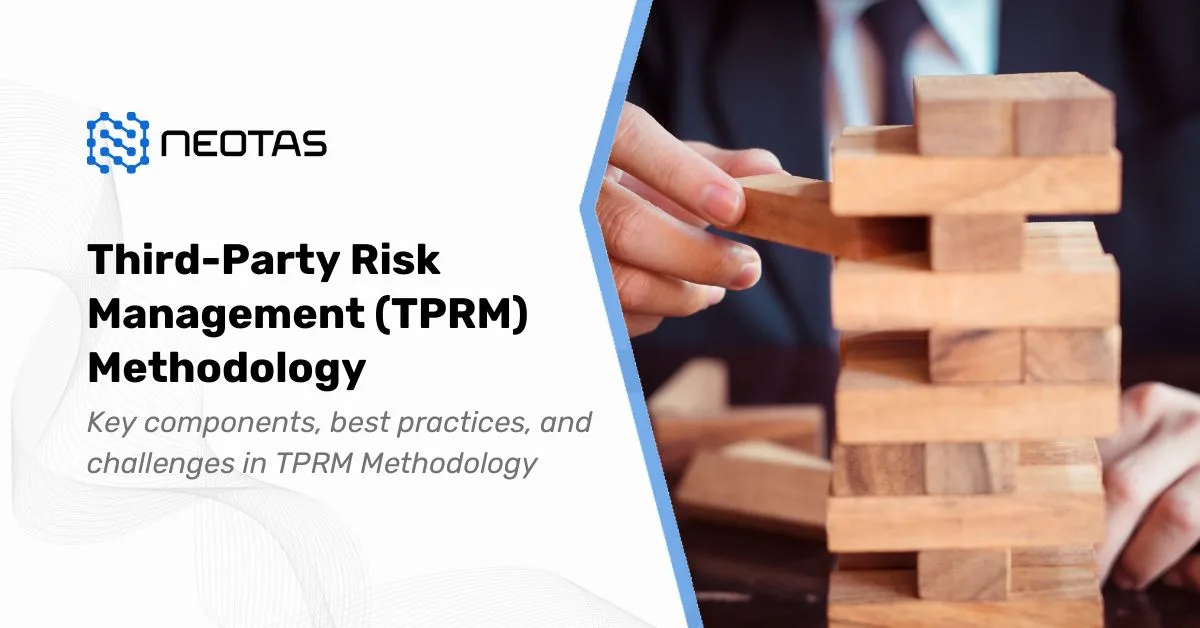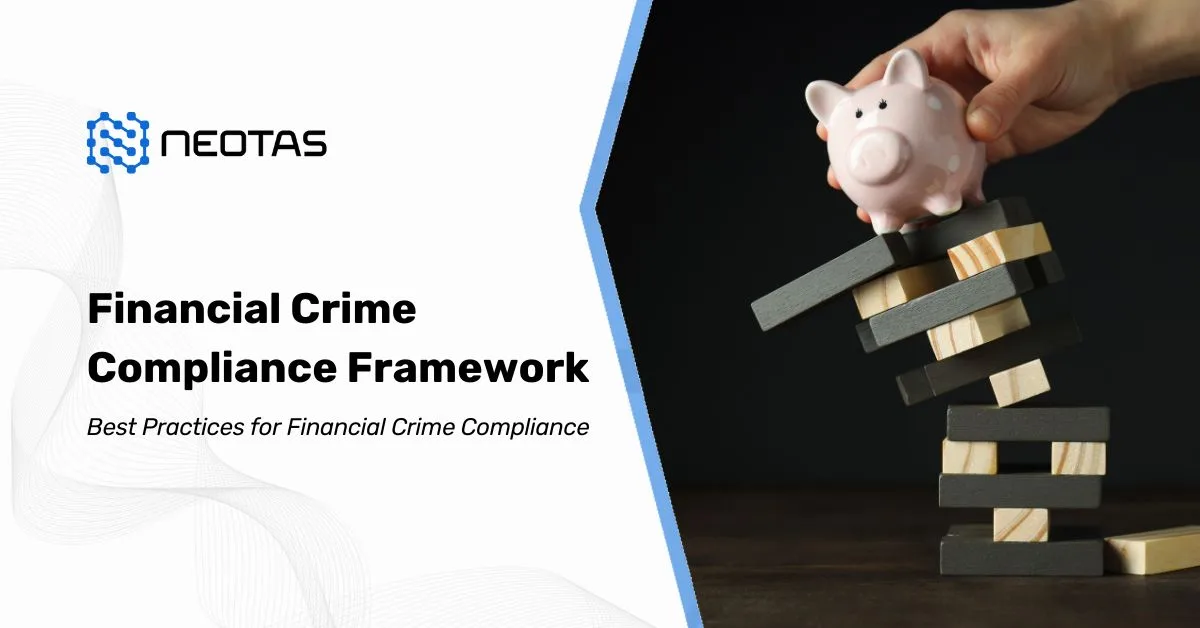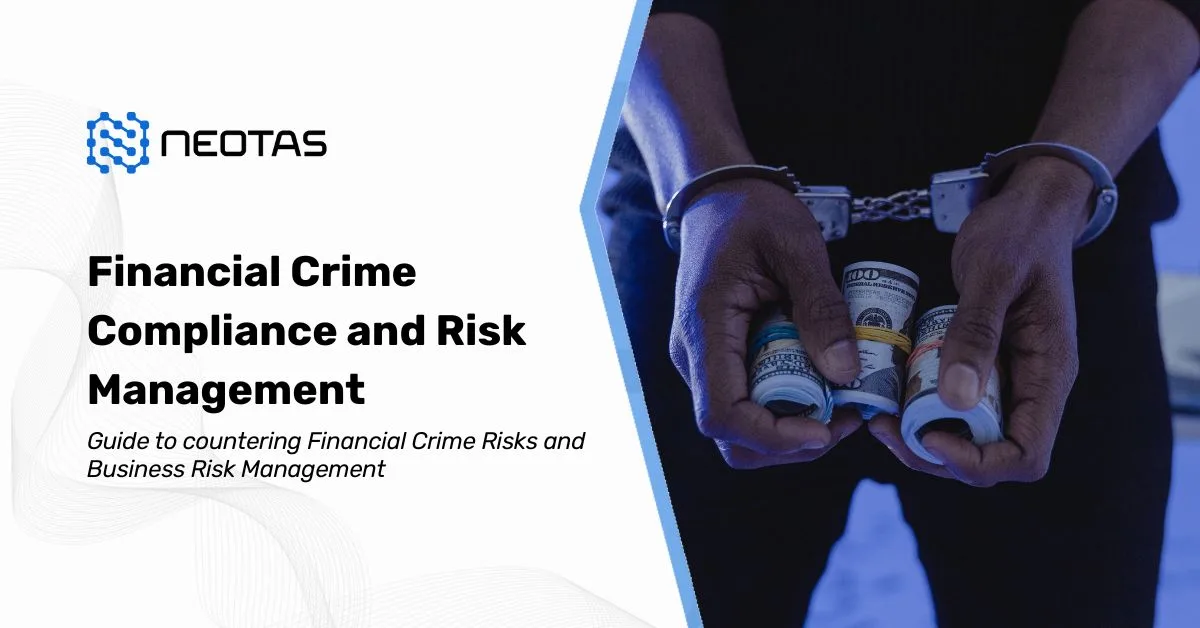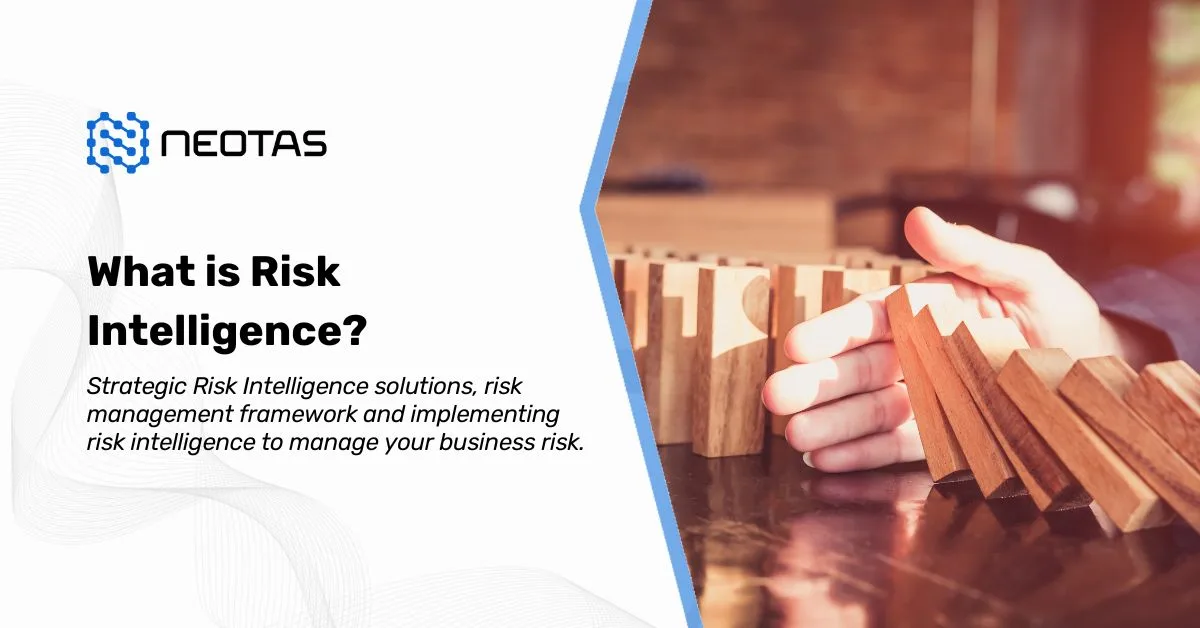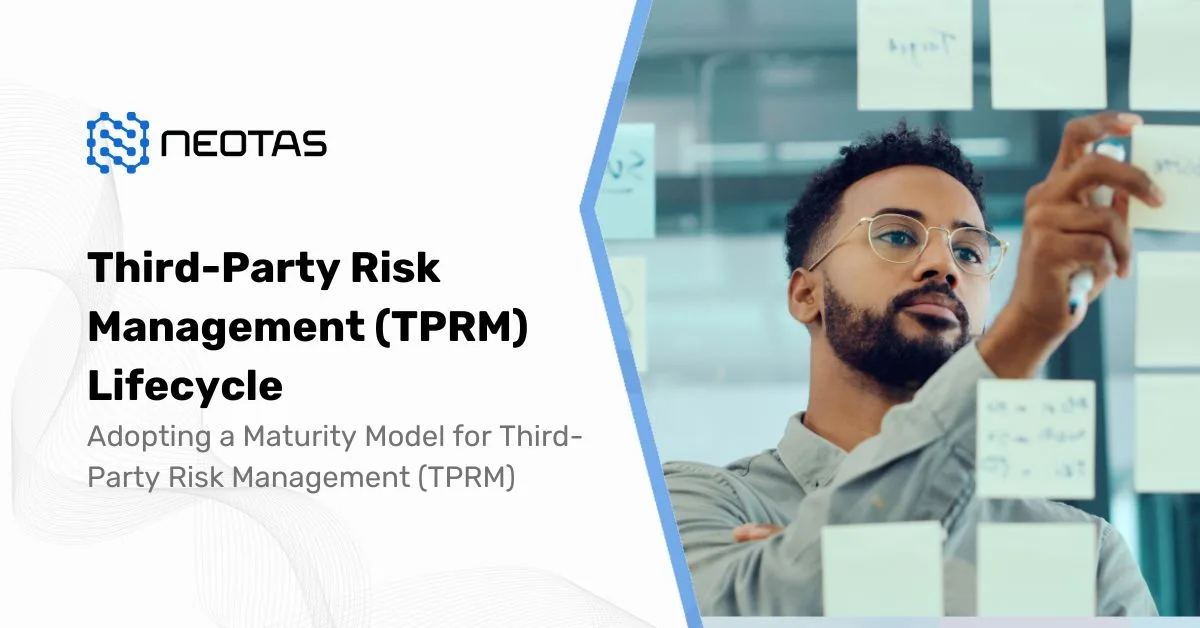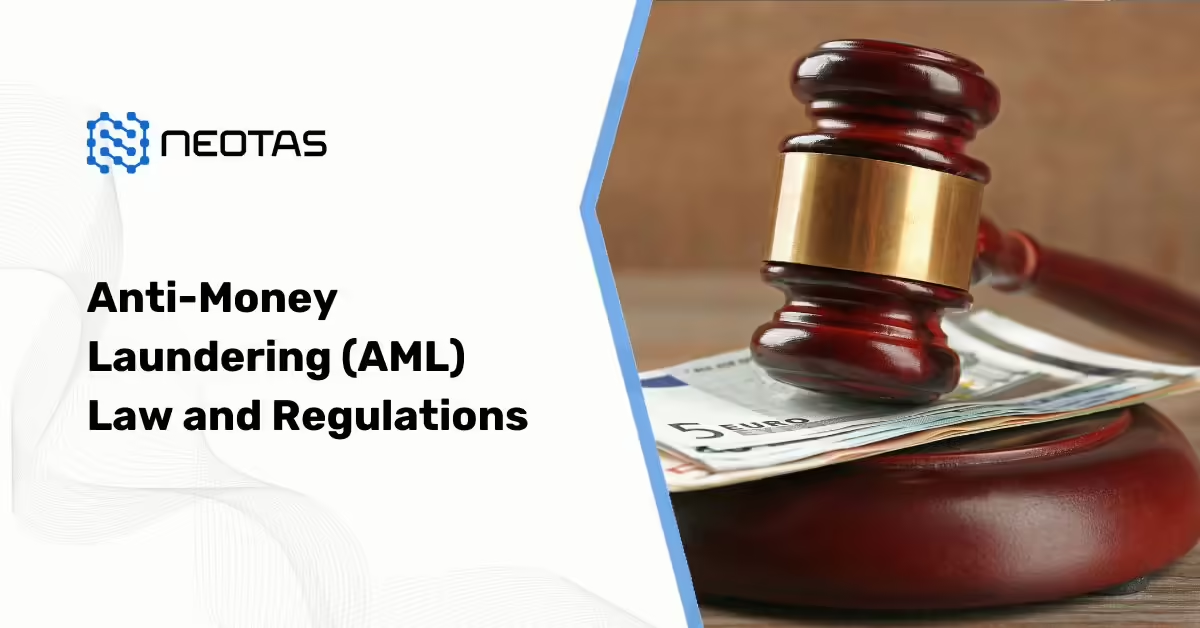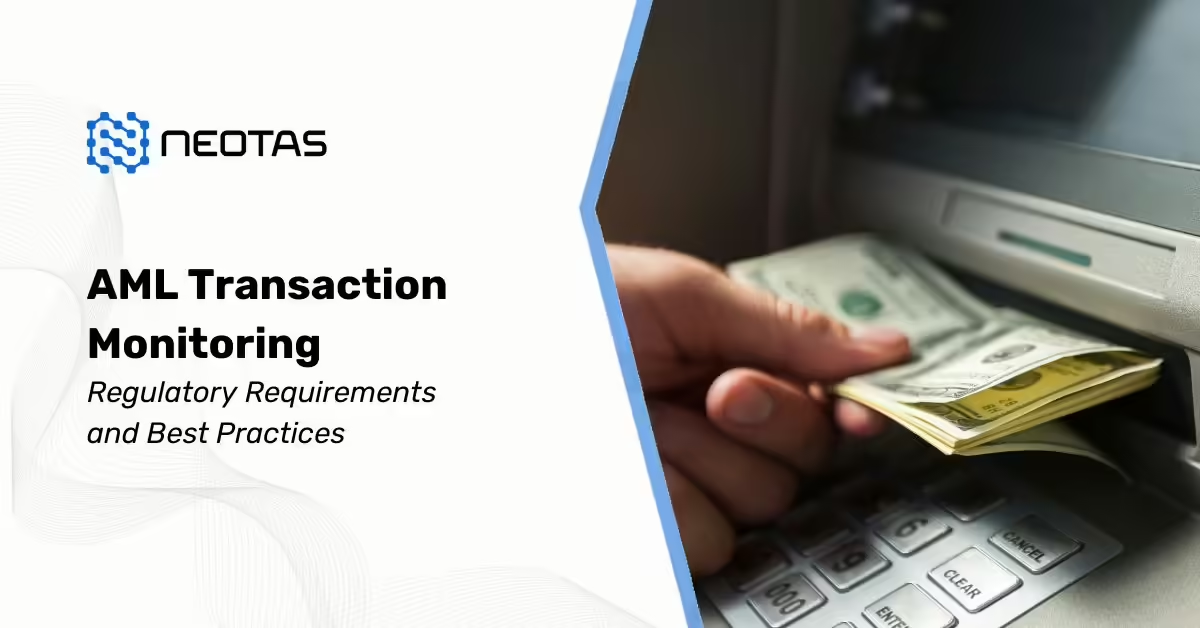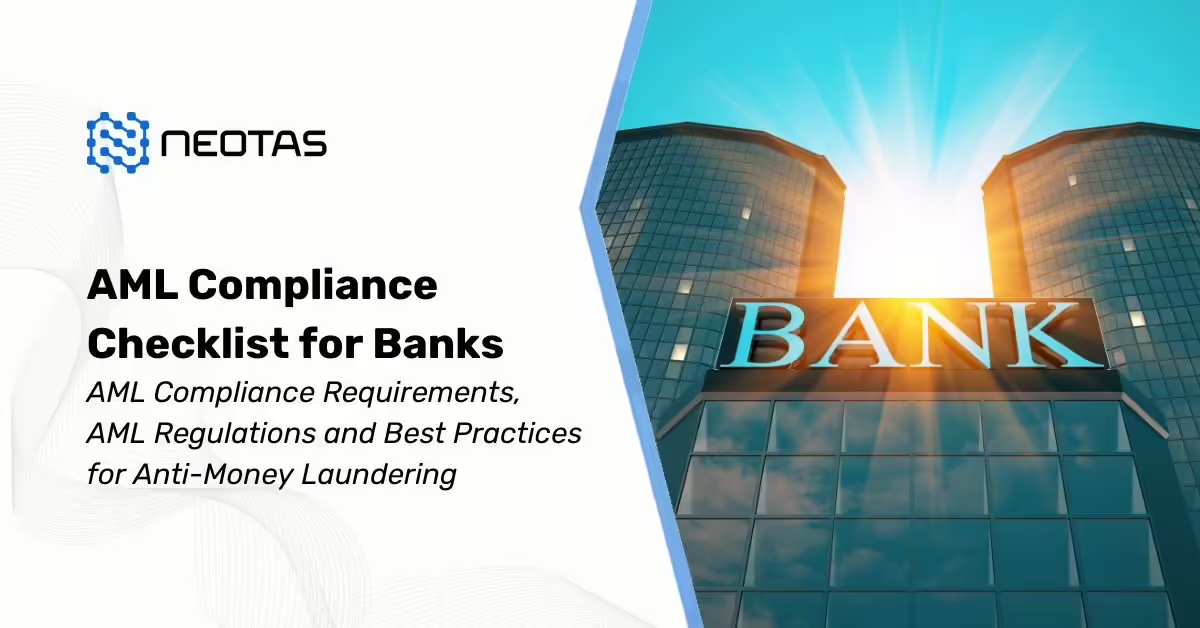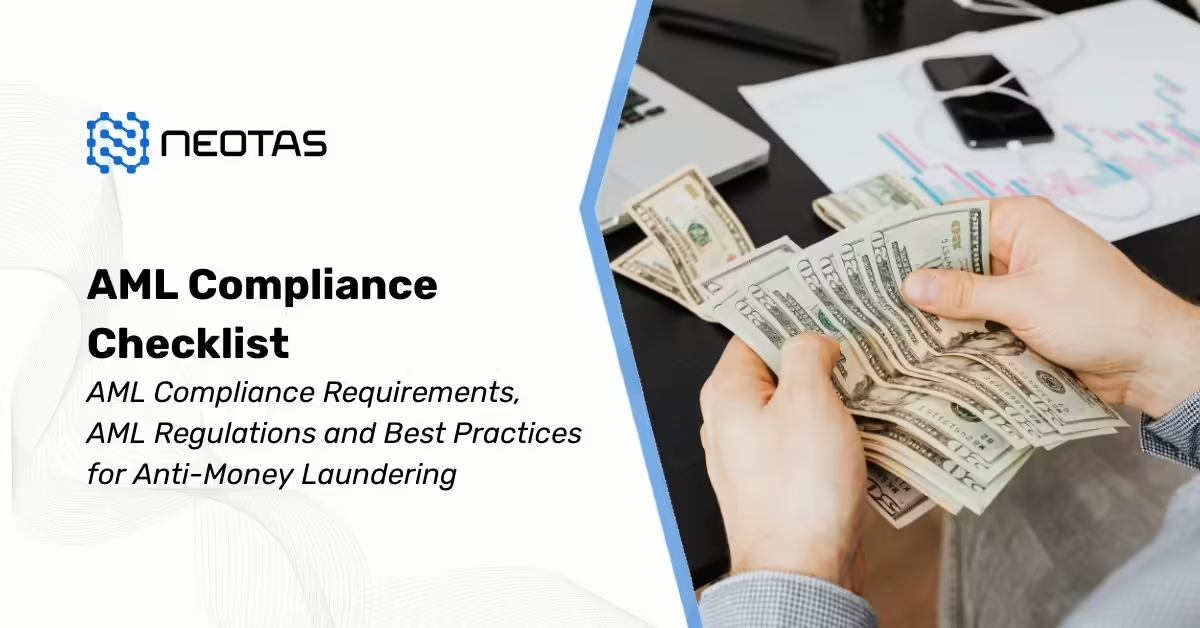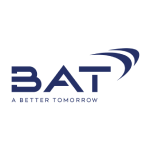Money Laundering Reporting Officer (MLRO)
Roles and Responsibilities of an MLRO in Combating Financial Crime, Ensuring Compliance & AML regulations.
In the banking and financial services industry, the role of the Money Laundering Reporting Officer (MLRO) has become increasingly critical. Financial institutions are often the target of illicit activities such as money laundering and terrorist financing. As such, the MLRO’s position is pivotal in safeguarding the integrity of financial systems and ensuring compliance with stringent regulatory frameworks. This article delves into the responsibilities and significance of MLROs in preventing financial crimes.
MLRO Meaning: Who is a Money Laundering Reporting Officer (MLRO)?
MLRO stands for Money Laundering Reporting Officer. This is a critical role in financial institutions and other regulated businesses, particularly in the context of anti-money laundering (AML) efforts.
Money Laundering Reporting Officers (MLROs) are essential to the integrity and compliance of financial institutions. They play a crucial role in detecting, preventing, and reporting money laundering activities and other financial crimes. Their responsibilities ensure that financial institutions adhere to legal and regulatory frameworks, which helps maintain the trust and stability of the financial system. Without MLROs, financial institutions would be more vulnerable to exploitation by criminals, potentially leading to significant legal, financial, and reputational damage.
The MLRO is responsible for:
- Overseeing the organisation’s AML policies
- Ensuring regulatory compliance
- Investigating suspicious activities
- Reporting suspicious transactions to authorities
- Training staff on AML procedures
- Liaising with regulatory bodies
Significance of MLRO in Financial Crime Prevention
- Regulatory Compliance: MLROs ensure that financial institutions comply with AML regulations and standards. They develop and implement AML policies, conduct regular risk assessments, and ensure that appropriate measures are in place to detect and prevent money laundering activities.
- Suspicious Activity Reporting: One of the key duties of an MLRO is to identify and report suspicious transactions to the relevant authorities. This helps in the early detection of money laundering schemes and prevents the proceeds of crime from being integrated into the legitimate financial system.
- Risk Mitigation: By conducting thorough risk assessments and monitoring transactions, MLROs help financial institutions mitigate the risk of being used for money laundering. This proactive approach protects the institution from potential legal and financial repercussions.
- Training and Awareness: MLROs are responsible for training staff on AML laws and procedures. By educating employees, they create a vigilant workforce capable of recognising and reporting suspicious activities, thus enhancing the overall effectiveness of the institution’s AML efforts.
- Reputation Management: Effective AML practices, overseen by competent MLROs, protect the reputation of financial institutions. Being implicated in money laundering can lead to severe reputational damage, loss of customer trust, and financial penalties. MLROs help prevent such outcomes by ensuring robust AML controls are in place.
This position is crucial for preventing and detecting potential money laundering activities within an organisation.
Let’s dive deeper into understanding who is an MLRO, the roles and responsibilities of an MLRO, and which companies need an MLRO?
Roles and Responsibilities of an MLRO
The MLRO’s responsibilities are multifaceted, encompassing compliance oversight, risk assessment, and reporting. Key roles and responsibilities include:
- Compliance Oversight: Ensuring the institution’s policies and procedures align with AML regulations and are effectively implemented across all departments. This includes regular reviews and updates to AML policies to reflect changes in laws and best practices.
- Risk Assessment and Management: Conducting regular risk assessments to identify potential money laundering risks. This involves evaluating new products, services, and customer segments to ensure appropriate controls are in place.
- Reporting and Liaison: Serving as the main point of contact with regulatory authorities. The MLRO is responsible for submitting Suspicious Activity Reports (SARs) and other required documentation in a timely manner. They also liaise with law enforcement agencies during investigations.
- Training and Awareness: Developing and delivering AML training programmes for employees to ensure they understand their obligations and can recognise suspicious activities. This is crucial in fostering a culture of compliance within the organisation.
- Monitoring and Reviewing Transactions: Overseeing the monitoring of transactions to detect unusual or suspicious activities. This includes reviewing automated systems and alerts, and conducting investigations as necessary.
- Record-Keeping: Ensuring all AML-related records, including training records, risk assessments, and SARs, are maintained in accordance with regulatory requirements.
- Policy Development: Contributing to the development of AML policies and procedures. The MLRO provides insights based on regulatory updates, industry trends, and internal risk assessments to ensure the institution’s AML framework is robust and effective.
Overview of the MLRO’s Role in Ensuring Compliance with AML Regulations
The MLRO plays a pivotal role in ensuring that the financial institution remains compliant with AML regulations. This involves:
- Policy Development and Implementation: The MLRO is responsible for developing AML policies that comply with current laws and regulations. They must ensure these policies are effectively implemented and adhered to throughout the organisation.
- Regular Reviews and Updates: AML laws and regulations frequently change. The MLRO must keep abreast of these changes and update the institution’s policies and procedures accordingly.
- Internal Controls and Audits: Implementing and maintaining internal controls to monitor compliance with AML regulations. Conducting regular audits to assess the effectiveness of these controls and making necessary adjustments.
Importance of the MLRO in Reporting Suspicious Activities and Maintaining Financial Integrity
The MLRO’s role is crucial in detecting and reporting suspicious activities, which is a fundamental aspect of AML efforts. Their responsibilities in this area include:
- Suspicious Activity Detection: Using automated systems and manual reviews to identify transactions that may be indicative of money laundering or other financial crimes.
- Reporting to Authorities: Submitting SARs to the relevant authorities when suspicious activities are detected. This not only helps in preventing money laundering but also assists law enforcement in investigating and prosecuting financial crimes.
- Maintaining Financial Integrity: By ensuring that the institution adheres to AML regulations and promptly reports suspicious activities, the MLRO helps maintain the financial integrity of the organisation. This is vital for preserving customer trust and the institution’s reputation.
Which Companies Need an MLRO?
Types of Businesses Required by Law to Appoint an MLRO
Various types of businesses, especially those in the financial sector, are mandated by law to appoint a Money Laundering Reporting Officer (MLRO). These include:
- Banks and Financial Institutions: Traditional banks, investment banks, credit unions, and other financial service providers are legally required to appoint an MLRO due to their high exposure to financial transactions and potential money laundering activities.
- Insurance Companies: Firms offering life insurance and other investment-linked products are also required to have an MLRO to monitor for potential money laundering activities.
- Brokerage Firms: Stockbrokers and other firms dealing with securities and commodities must appoint an MLRO to ensure compliance with AML regulations.
- Money Service Businesses (MSBs): Companies involved in money transmission, currency exchange, and issuing or redeeming money orders and traveller’s cheques are required to have an MLRO.
- Casinos and Gaming Institutions: Given the large volumes of cash transactions, these businesses are also mandated to appoint an MLRO.
- Real Estate Firms: Companies involved in property transactions, including agents and brokers, must appoint an MLRO due to the significant financial transactions involved.
Industries and Sectors Where MLRO Roles Are Particularly Critical
The role of the MLRO is particularly critical in industries and sectors where large sums of money are handled, and there is a higher risk of money laundering. These include:
- Financial Services: Banks, credit unions, investment firms, and insurance companies are at high risk due to the volume and nature of transactions.
- Gambling and Casinos: High volumes of cash transactions and the potential for laundering large sums of money make this sector particularly vulnerable.
- Real Estate: The buying and selling of properties can be used to launder money, making the MLRO role essential in this sector.
- Precious Metals and Stones Dealers: Transactions involving valuable commodities can be exploited for money laundering purposes, necessitating stringent AML measures and oversight by an MLRO.
- Legal and Accounting Firms: Professionals in these fields often handle large financial transactions on behalf of clients and are required to monitor for suspicious activities.
Regulatory Requirements and Thresholds for Appointing an MLRO
Regulatory requirements for appointing an MLRO vary by jurisdiction but generally include the following:
- Legal Mandates: Most countries have AML laws that require specific businesses, particularly in the financial sector, to appoint an MLRO. For instance, The Money Laundering, Terrorist Financing and Transfer of Funds (Information on the Payer) Regulations 2017 (the MLRs) require the UK regulated sector to apply enhanced customer due diligence in relation to high-risk third countries (HRTCs).
- Risk-Based Approach: Regulatory frameworks often adopt a risk-based approach, requiring businesses with higher exposure to money laundering risks to appoint an MLRO. This approach ensures that resources are allocated efficiently to mitigate risks.
- Thresholds and Criteria: Some jurisdictions set specific thresholds based on the size and nature of the business. For example, companies exceeding certain transaction volumes or those engaged in high-risk activities must appoint an MLRO.
- Qualifications and Competence: Regulatory bodies often stipulate that the MLRO must possess adequate qualifications and experience to effectively oversee the AML programme. This ensures that the individual is capable of identifying and mitigating money laundering risks.
A wide range of businesses, particularly those in the financial and high-value transaction sectors, are required by law to appoint an MLRO. The role is critical in industries with higher money laundering risks, and regulatory requirements ensure that only competent individuals are appointed to this vital position.
Authority and Responsibilities of an MLRO
Authority Levels Granted to MLROs Within Organisations
MLROs are granted significant authority within financial institutions to ensure effective implementation and enforcement of anti-money laundering (AML) measures. This authority includes:
- Autonomy and Independence: MLROs must operate independently from other departments to avoid conflicts of interest and ensure unbiased oversight of AML activities. They should report directly to the board of directors or senior management.
- Decision-Making Power: MLROs have the authority to make decisions regarding the filing of Suspicious Activity Reports (SARs), conducting investigations into suspicious activities, and implementing corrective actions.
- Access to Information: They must have unrestricted access to all necessary information within the organisation, including customer records, transaction data, and internal reports, to effectively monitor and assess risks.
- Resource Allocation: MLROs can request and allocate resources, including staff and technology, necessary to maintain and enhance the AML compliance programme.
Ongoing Risk Management Practices and Legal Privileges
MLROs are responsible for several ongoing risk management practices, which include:
- Risk Assessment and Mitigation: Conducting regular risk assessments to identify and evaluate potential money laundering risks. Implementing controls and measures to mitigate identified risks.
- Transaction Monitoring: Continuously monitoring transactions to detect unusual or suspicious activities. This involves using automated systems and manual reviews.
- Reporting Suspicious Activities: Filing SARs with the relevant authorities when suspicious activities are identified. Ensuring that these reports are timely and accurate.
- Training and Education: Providing ongoing AML training for employees to ensure they understand their roles and responsibilities in identifying and reporting suspicious activities.
- Policy Development and Review: Regularly reviewing and updating AML policies and procedures to ensure they remain effective and compliant with current laws and regulations.
Legal Privileges
MLROs are often afforded certain legal privileges to protect them in the execution of their duties, including:
- Legal Immunity: In many jurisdictions, MLROs are granted immunity from liability when reporting suspicious activities in good faith. This encourages thorough and proactive reporting without fear of legal repercussions.
- Confidentiality: Information related to SARs and AML investigations is typically kept confidential to protect the integrity of the investigations and the individuals involved.
Differences Between MLROs and Other Compliance Officers
While MLROs share some responsibilities with other compliance officers, their roles are distinct in several key ways:
- Specialisation: MLROs specialise in AML compliance, focusing specifically on preventing and detecting money laundering and terrorist financing activities. Other compliance officers may have broader responsibilities, including adherence to various regulatory requirements and internal policies.
- Regulatory Focus: The MLRO’s role is heavily influenced by AML-specific regulations and guidelines, whereas other compliance officers may deal with a wider range of regulatory issues, including data protection, financial reporting, and consumer protection.
- Risk Management: MLROs are primarily concerned with assessing and managing risks related to money laundering and financial crimes. Other compliance officers may deal with different types of risks, such as operational, reputational, or market risks.
- Authority and Reporting Structure: MLROs often report directly to the board of directors or senior management due to the critical nature of their role. Other compliance officers may report to different levels within the organisation, depending on their area of focus.
MLROs hold significant authority within financial institutions to ensure effective AML compliance. They are responsible for ongoing risk management practices and are afforded legal privileges to perform their duties without fear of repercussions. While there are similarities with other compliance officers, the MLRO’s specialised focus on AML distinguishes their role within the organisation.
Who Can Become an MLRO and What Qualifications Does an MLRO Need to Have?
Determining who can take on the role of a Money Laundering Reporting Officer (MLRO) can be challenging, as the requirements may vary depending on the organisation. Typically, this position is filled by a financial manager or lawyer. However, the responsibilities and tasks of an MLRO can differ significantly across different organisations.
Here are the key qualities and qualifications that companies should look for in an MLRO:
- Knowledge of Local Regulations: An MLRO must have a deep understanding of local AML (Anti-Money Laundering) and CTF (Counter-Terrorism Financing) regulations and be able to apply this knowledge effectively within the organisation.
- Risk Awareness: The MLRO should be highly aware of the risks and responsibilities associated with financial transactions and potential money laundering activities.
- AML/CTF Experience: Practical experience in the AML/CTF field is crucial. This experience helps the MLRO understand the complexities and nuances of financial crime prevention.
- Application of AML Regulations: The MLRO must understand how AML regulations specifically apply to financial institutions and be adept at implementing compliance strategies accordingly.
- Decision-Making Confidence: The role requires the confidence and authority to make final decisions regarding suspicious activities and compliance measures.
Conclusion
Summary of the Critical Role Played by MLROs in Combating Financial Crime
Money Laundering Reporting Officers (MLROs) are pivotal in the fight against financial crime. They ensure that financial institutions comply with anti-money laundering (AML) regulations, thereby protecting the integrity of the financial system. By developing and implementing robust AML policies, conducting risk assessments, monitoring transactions, and reporting suspicious activities, MLROs play a crucial role in detecting and preventing money laundering and terrorist financing. Their work not only safeguards the institution’s reputation but also contributes to the broader goal of maintaining a stable and trustworthy financial environment.
Future Outlook for MLROs in Evolving Regulatory Landscapes and Technological Advancements
As regulatory landscapes continue to evolve and technological advancements reshape the financial industry, the role of the MLRO will become even more critical. Regulatory bodies are constantly updating AML laws to address new and emerging threats, requiring MLROs to stay abreast of these changes and adapt their compliance programmes accordingly. Additionally, advancements in technology, such as artificial intelligence and machine learning, are revolutionising the way financial institutions detect and prevent financial crime. MLROs will need to leverage these technologies to enhance their AML efforts, making them more effective and efficient in identifying suspicious activities.
Thoughts on the Importance of Continuous Education and Adaptation for MLROs
The dynamic nature of the financial industry and the continuous evolution of AML regulations necessitate that MLROs engage in ongoing education and professional development. Staying informed about the latest regulatory updates, industry trends, and technological advancements is crucial for MLROs to perform their duties effectively. Continuous education helps MLROs refine their skills, adopt best practices, and implement innovative solutions to combat financial crime. Adaptability and a commitment to lifelong learning will enable MLROs to navigate the complexities of their role and maintain the highest standards of compliance and financial integrity.
MLROs are indispensable in the fight against financial crime. Their expertise, diligence, and proactive approach to AML compliance are vital in safeguarding financial institutions and the broader financial system. As the regulatory and technological landscapes continue to evolve, MLROs must remain adaptable and committed to continuous education to stay ahead of emerging threats and ensure the effectiveness of their AML programmes.
Also, Read about Risk-Based Approach (RBA) to AML & KYC risk management
Frequently Asked Questions
What is the role of an MLRO?
An MLRO oversees anti-money laundering (AML) efforts within a financial institution, ensuring compliance with regulatory requirements, monitoring transactions for suspicious activity, and reporting findings to relevant authorities.
What is the difference between AML and MLRO?
AML refers to the laws, regulations, and procedures to prevent money laundering. An MLRO is the designated officer responsible for implementing and managing AML policies within an organisation.
Who does an MLRO report to?
An MLRO typically reports to the board of directors or senior management, ensuring independence and authority in overseeing the institution’s AML efforts.
Which companies need an MLRO?
Financial institutions, such as banks, insurance companies, brokerage firms, money service businesses, and casinos, are required by law to appoint an MLRO.
Who appoints an MLRO?
An MLRO is appointed by the senior management or the board of directors of the organisation to ensure compliance with AML regulations.
Is an MLRO personally liable?
While MLROs have significant responsibilities, they are generally protected from personal liability if they act in good faith and adhere to regulatory requirements.
How to become an MLRO?
To become an MLRO, one typically needs a background in finance, law, or compliance, along with specialised training and certification in AML practices.
What is CDD?
Customer Due Diligence (CDD) involves verifying the identity of customers, understanding their financial activities, and assessing their risk for money laundering and terrorist financing.
Can an MLRO be a director?
Yes, an MLRO can be a director, but it’s crucial to ensure they operate independently to avoid conflicts of interest.
What are the three stages of money laundering?
The three stages are placement (introducing illicit funds into the financial system), layering (disguising the origins through complex transactions), and integration (reintroducing the funds as legitimate).
What is a red flag in AML?
A red flag in AML is a warning sign or indicator of potential money laundering activity, such as large cash transactions or complex, unusual patterns of financial behaviour.
Are PEPs high risk?
Politically Exposed Persons (PEPs) are sometimes considered high risk due to their potential involvement in bribery and corruption, necessitating enhanced due diligence.
What is the full form of STR?
STR stands for Suspicious Transaction Report, a document submitted to authorities when a financial institution identifies potentially suspicious or unusual transactions.
What is layering?
Layering is the process of making it difficult to trace illicit funds by moving them through complex transactions, often across multiple accounts and jurisdictions.
Who controls AML?
AML regulations are controlled by national and international regulatory bodies, such as the Financial Action Task Force (FATF) and local financial regulatory authorities.
About Neotas Due Diligence
Neotas Platform covers 600Bn+ archived web pages, 1.8Bn+ court records, 198M+ corporate records, global social media platforms, and 40,000+ Media sources from over 100 countries to help you build a comprehensive picture of the team. It’s a world-first, searching beyond Google. Neotas’ diligence uncovers illicit activities, reducing financial and reputational risk.
AML Solutions:
- Risk-Based Approach (RBA) to AML & KYC risk management
- Anti-Money Laundering (AML) Compliance
- Anti-Money Laundering (AML) Checks
- Anti-Money Laundering (AML) Regulations
- Anti-Money Laundering (AML) Compliance Checklist
- Anti-Money Laundering (AML) Compliance Checklist for Banks
- Anti-Money Laundering (AML) Transaction Monitoring
- Money Laundering Reporting Officer (MLRO) – Roles and Responsibilities of an MLRO
- What is Customer Due Diligence in Banking and Financial Services?
Due Diligence Solutions:
- Enhanced Due Diligence
- Management Due Diligence
- Customer Due Diligence
- Simplified Due Diligence
- Third Party Risk Management
- Open Source Intelligence (OSINT)
- Customer Due Diligence Requirements
- Introducing the Neotas Enhanced Due Diligence Platform
Due Diligence Case Studies:
- Case Study: OSINT for EDD & AML Compliance
- Overcoming EDD Challenges on High Risk Customers
- Neotas Open Source Intelligence (OSINT) based AML Solution sees beneath the surface
- ESG Risks Uncovered In Investigation For Global Private Equity Firm
- Management Due Diligence Reveals Abusive CEO
- Ongoing Monitoring Protects Credit Against Subsidiary Threat
- AML Compliance and Fraud Detection – How to Spot a Money Launderer and Prevent It
- What is Customer Due Diligence in Banking and Financial Services?

